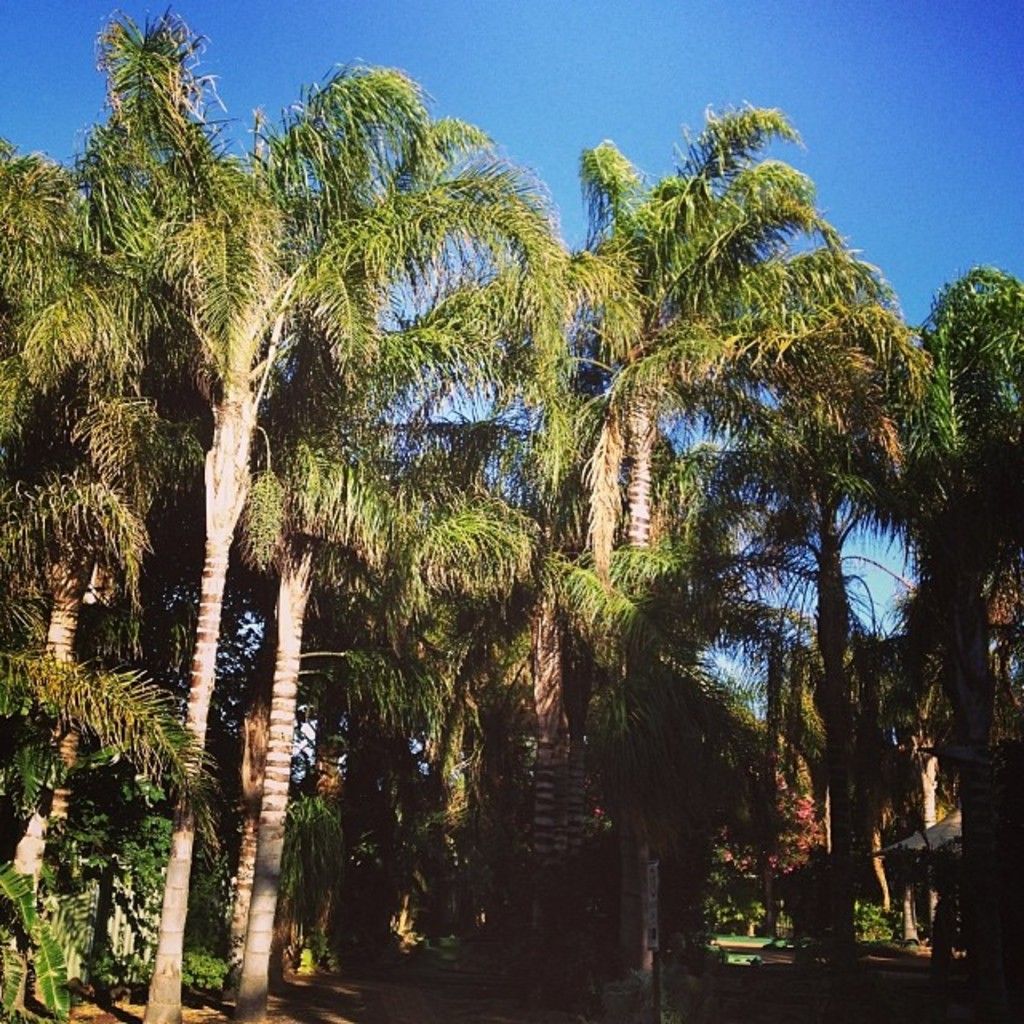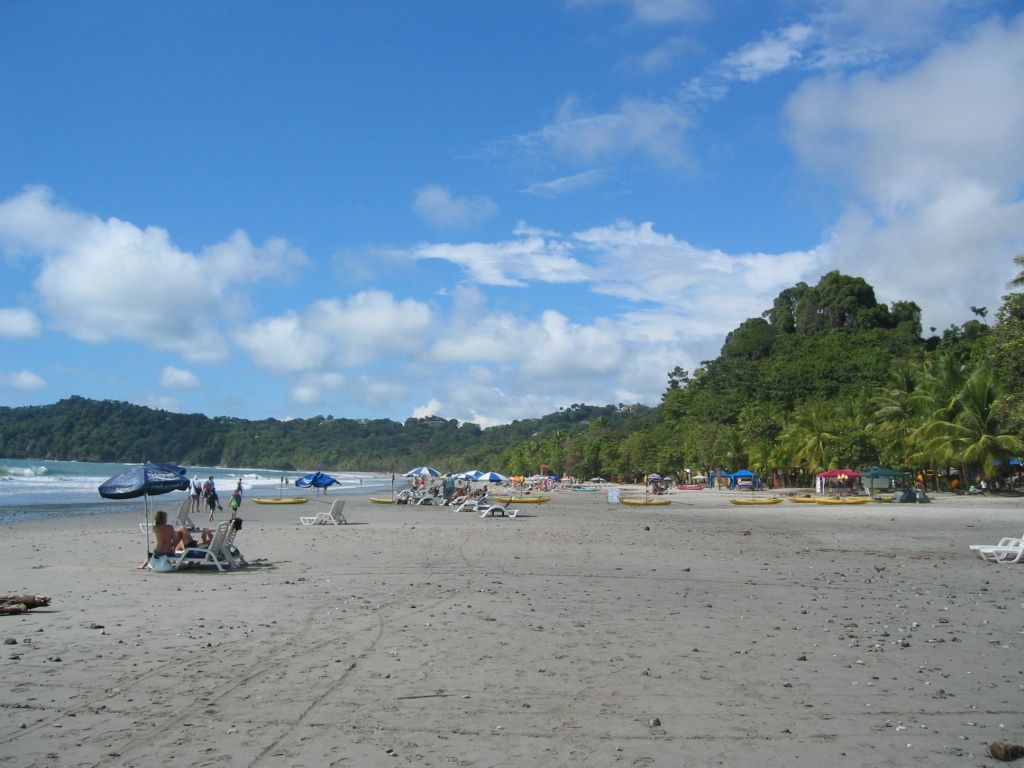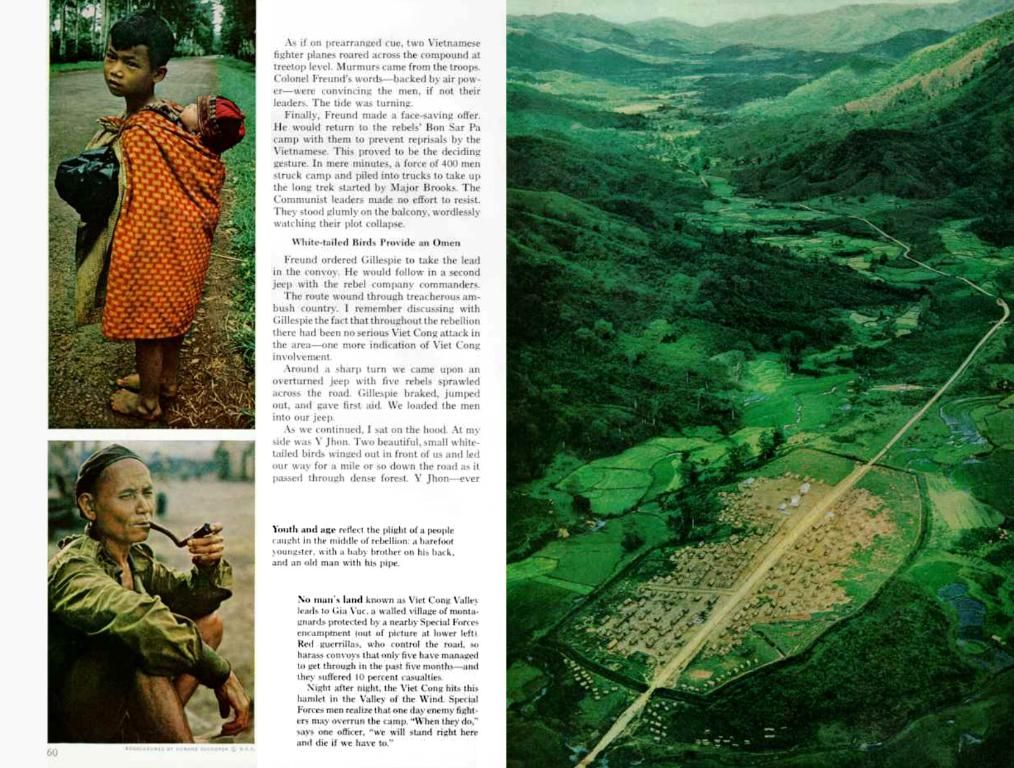Unraveling the Impact of Mexico's Mayan Train
Speak Easily with Roberto
With a keen eye for nature, speleologist Roberto Rojo, a seasoned jungle explorer, can't help but notice the changes on Mexico's Yucatán Peninsula. A long, razed swath snakes through the once untouched jungle south of tourist hotspot Cancún. Thousands of construction pillars pierce the ground at 15-meter intervals, preparing for a tourist train that will soon cut a path through the forest.
Environmental Concerns
President Andrés Manuel López Obrador promises the Mayan Train will bring economic and social development to the south-east. With plans to transport millions of tourists through the Yucatán Peninsula, the railroad now stands almost complete. Yet, for Rojo, the excavation wreaks havoc on the jungle and causes irreversible damage to the ecosystem.
"Down there lies the aquifer," states Rojo, referring to a critical water source that sustains the flora, fauna, and inhabitants within the region. The deforestation and construction have environmentalists in an uproar over the extensive project.
The Mayan Train's Route
Looming in its inaugural stages, the train will initially run between San Francisco de Campeche and Cancún, connecting 34 stations in five states. The 473-kilometer route encompasses old railway tracks, and, by the end of February, the entire network should be constructed - including the most controversial sections through karst areas and forests.
Documenting the Damage
German tour guide Elias Siebenborn has lived in the region for 12 years. As a drone enthusiast and nature photographer born on the Yucatán Peninsula, he has gained a firsthand look at the Mayan Train's progression. Siebenborn records the destruction, using a GPS device to pinpoint the construction's intrusion into the untouched nature.
The Selva Maya Rainforest
Once home to the powerful Mayan civilization, the Selva Maya spans across Mexico, Guatemala, and Belize. With Chichén Itzá as its grandest city, the train's path will connect numerous ancient ruins, catering to tourists connected by the track. The Mayan Train will also accommodate common passenger and freight trains, ensuring their involvement in the development of the region.
Controversial Construction
Sold as a national security project under military control, the Mayan Train is causing serious debate among local communities. As concerns over the impact on the environment and the Maya Rainforest grow, multiple environmental organizations, as well as local residents, have raised concerns. These issues include habitat destruction, affected ecosystems, and the project's rapid implementation, notably without thorough environmental impact assessments.
Resistance and Divisions
Activist Roberto Rojo insists that Mexico's economic plans come at the expense of natural resources, people, and culture. Critical voices question the borderless industrial development planned for Yucatán, with early enthusiasm now giving way to resistance on both social and environmental fronts.
Enrichment Data (Integrated within the Base Article)
- Environmental organizations and local communities raise concerns over the Mayan Train's construction
- Habitat destruction: over 2,500 hectares of forest loss, affecting biodiversity
- Unique ecosystems: caverns, cenotes, and aquifers risk damage from the train's progress
- Endangered species: jaguar and other native wildlife are affected
- Noise pollution and ecosystem fragmentation: negatively impact local fauna and flora
- Lack of environmental impact assessments: absence of proper environmental analysis and approval
- Impact on freshwater reserves: potentially contaminating water sources and aquifers
- Disruption of traditional practices: affect Mayan communities and their way of life








